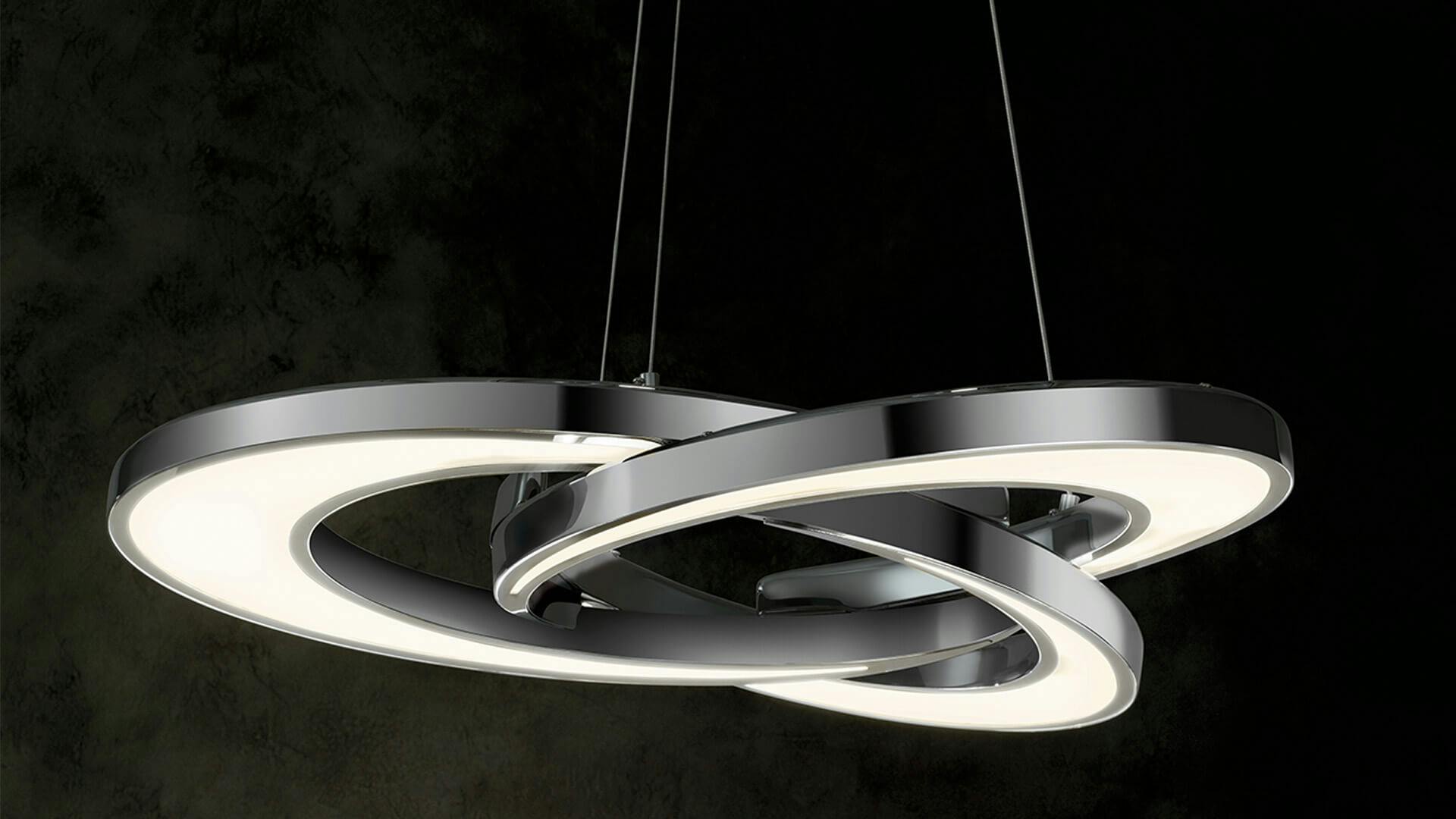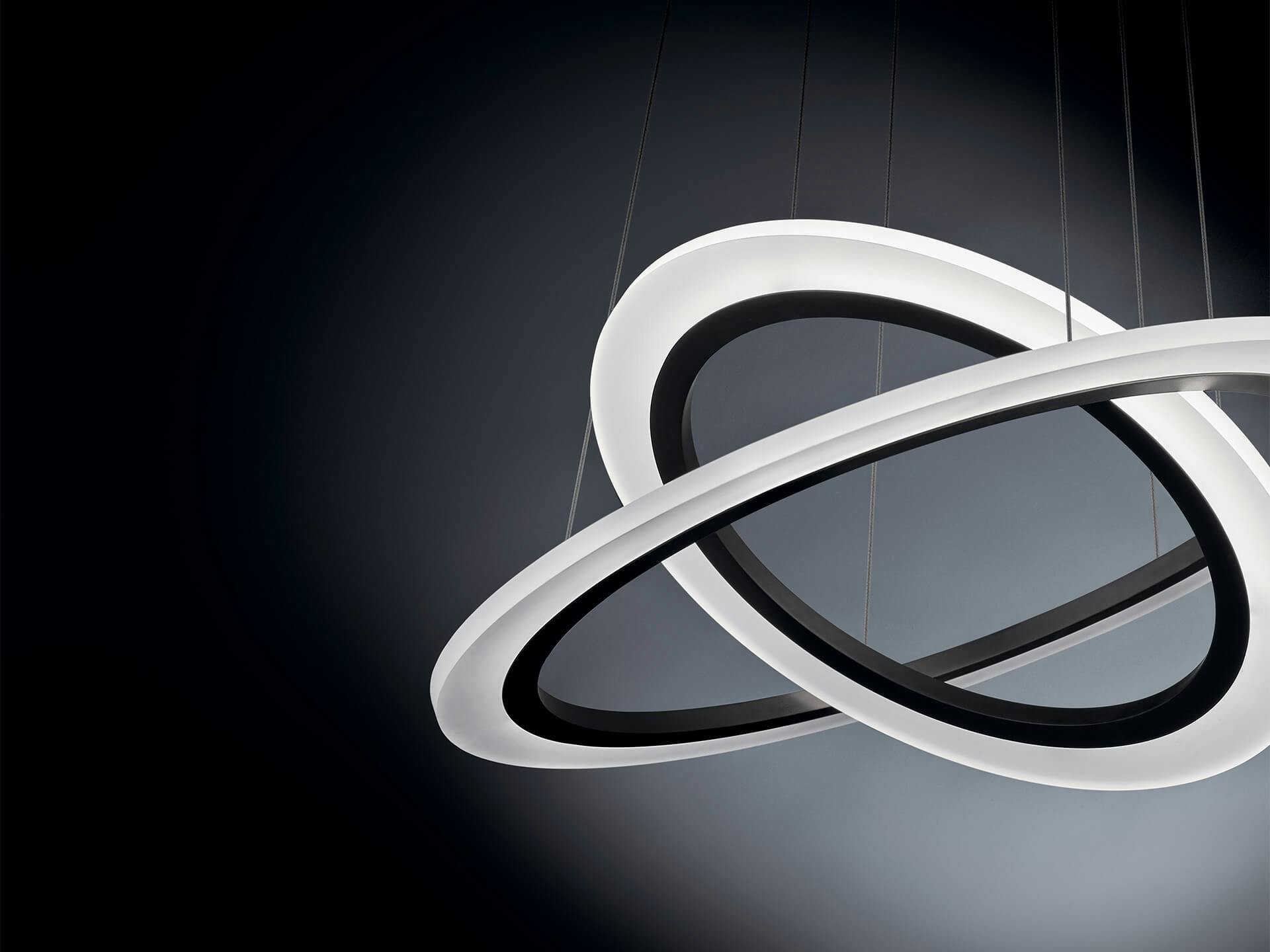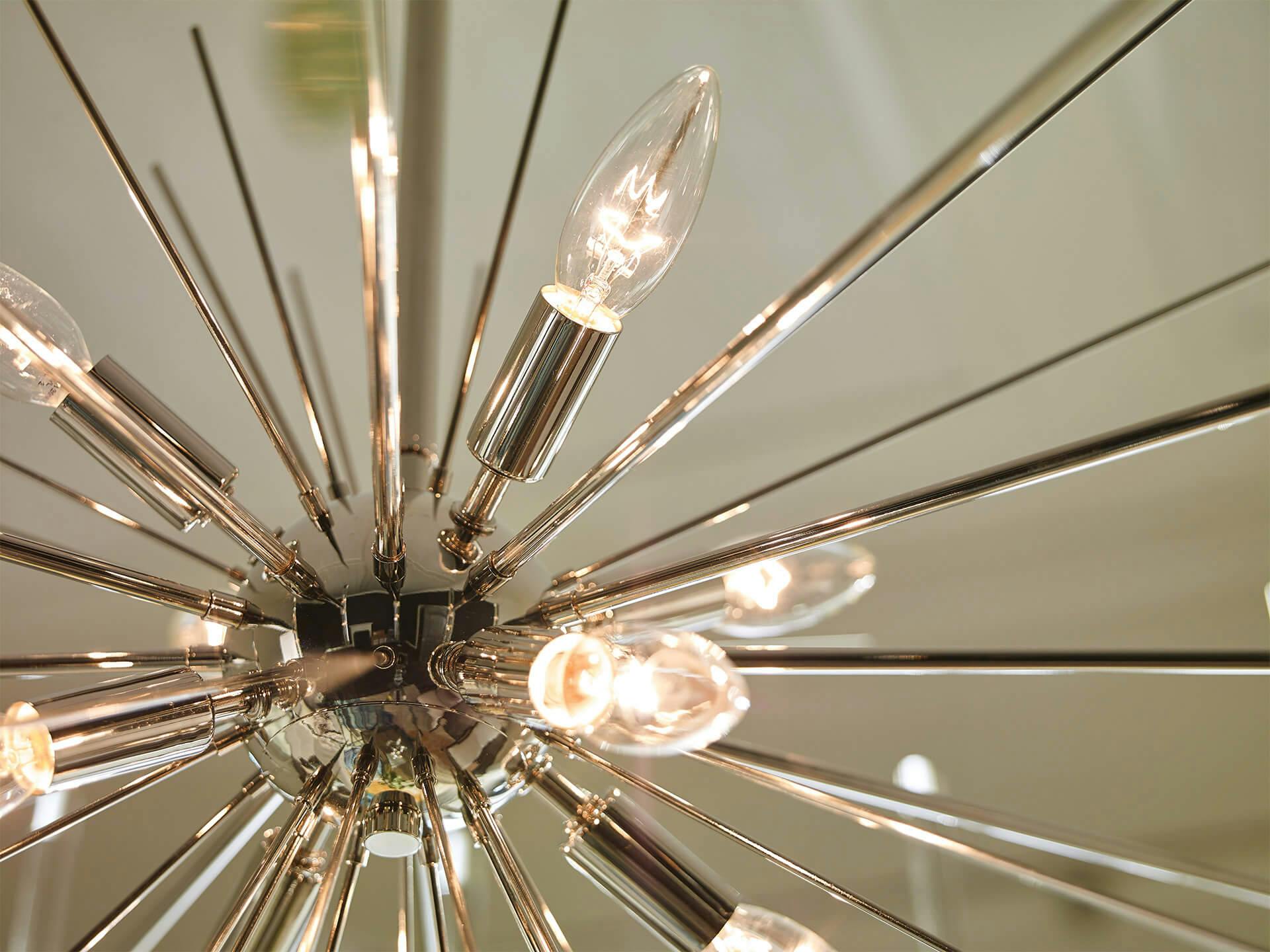
Bulb and LED Guide
Integrated LED

Historically, light sources and fixtures have always been viewed as separate components. However, with the advent of energy-efficient and long-lasting LED, we’ve shifted our thinking a bit since the days of Edison. In recent years, there has been an ongoing conversation around the pros and cons of integrated LED and independent “drop-in” lamps that fit into a halogen or incandescent designed fixture. We’re going to break down the ins and outs of integrated and independent LED so you can make an informed decision on what to install in your space.

Integrated
Things to Consider
Higher up-front cost
Maximum control over light output
Excellent performance for controls and dimming
Lower maximum fixture wattage
Once LEDs finally expire, it can neutralize the entire fixture into which it’s embedded
More difficulty in upgrading to different lighting technologies

Independent
Things to Consider
Easy, quick installation
Less control over light output
Fixture modifications are rarely necessary
Simple replacement as lighting needs change or new technology becomes available
So, the final answer on integrated LED vs. independent?
In short, there isn’t one. It all depends on your specific goals and unique project. If up-front cost is a big issue and your lighting system is already installed, independent might be the way to go. If longevity and control are the most important factors to you, integrated is most likely your best bet.